Home>Furniture & Design>Interior Design Trends>Who Invented Bulletproof Glass
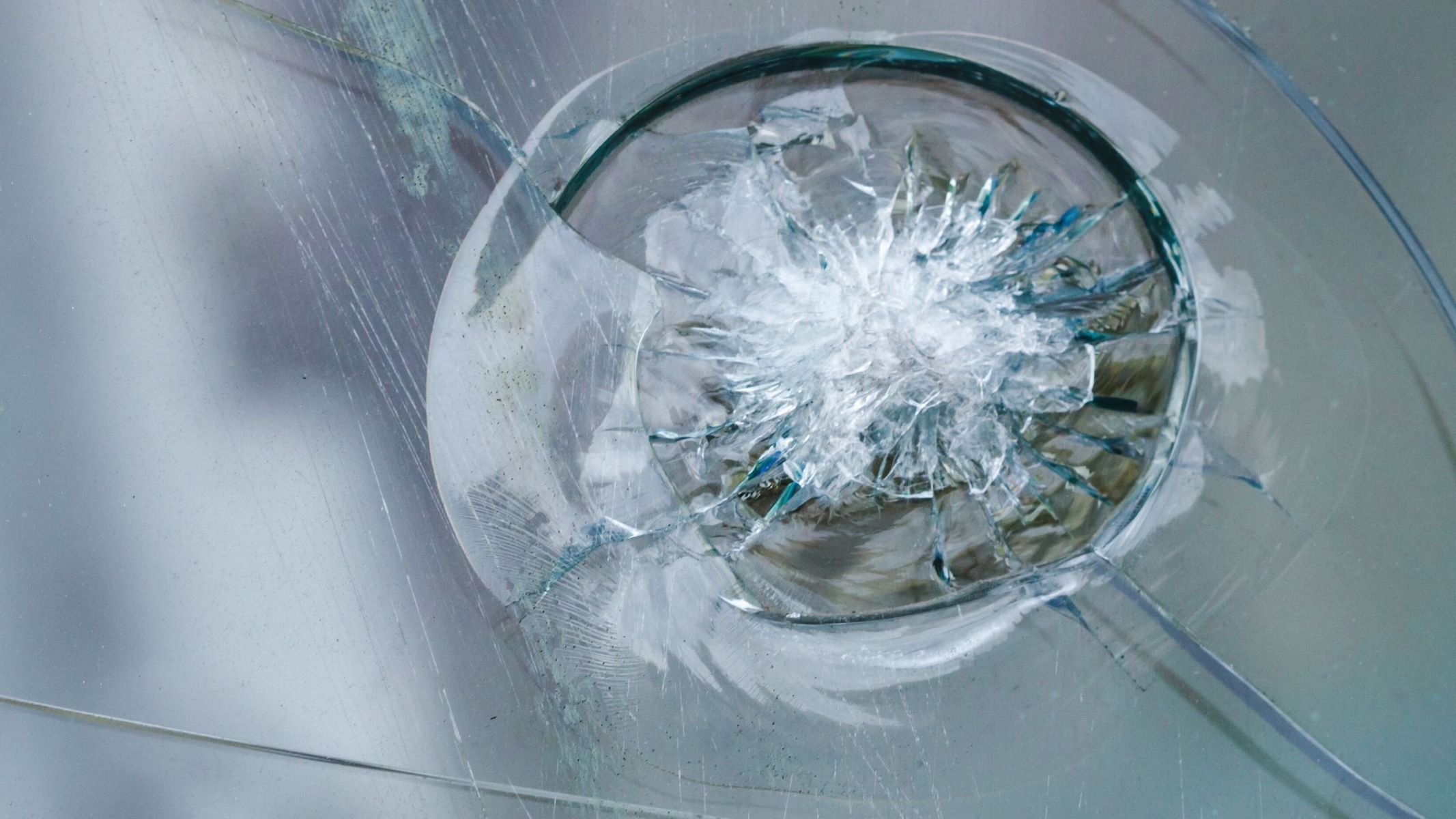

Interior Design Trends
Who Invented Bulletproof Glass
Modified: March 2, 2024
Discover the history and evolution of bulletproof glass and its impact on interior design trends. Learn about the inventor and the latest innovations in this field.
(Many of the links in this article redirect to a specific reviewed product. Your purchase of these products through affiliate links helps to generate commission for Storables.com, at no extra cost. Learn more)
Introduction
Bulletproof glass, also known as ballistic glass or transparent armor, is a remarkable innovation that has revolutionized safety and security measures across various industries. This specialized type of glass is designed to withstand the impact of bullets and other projectiles, offering protection against potential threats while maintaining visibility. The development of bulletproof glass has significantly influenced the fields of law enforcement, military defense, automotive design, architecture, and even interior design.
The origins of bulletproof glass can be traced back to the early 20th century, when the need for enhanced protection against firearms became increasingly apparent. Over the years, extensive research and technological advancements have led to the creation of highly resilient and versatile bulletproof glass solutions, catering to diverse security requirements.
As we delve into the history and evolution of bulletproof glass, it becomes evident that this innovation has not only saved countless lives but has also inspired creative applications in modern design and architecture. From armored vehicles and bank teller windows to high-end residential properties and commercial buildings, the integration of bulletproof glass has redefined the concept of safety without compromising aesthetics.
In this comprehensive exploration, we will uncover the fascinating journey of bulletproof glass, from its early iterations to the cutting-edge advancements that have shaped its contemporary applications. By understanding the pivotal moments and breakthroughs in the development of bulletproof glass, we can gain a deeper appreciation for its significance in safeguarding lives and assets in an ever-evolving world.
Key Takeaways:
- Bulletproof glass, invented in the early 20th century, has evolved through innovative materials and technologies, redefining safety in architecture, automotive design, and interior spaces.
- The integration of bulletproof glass has transcended traditional security measures, offering a seamless blend of protection and elegance, shaping the future of safety and security across diverse domains.
Read more: Who Invented Glass Windows
Early Attempts at Bulletproof Glass
The concept of bulletproof glass dates back to the early 20th century, a time when the need for enhanced protection against firearms prompted inventors and innovators to explore new materials and designs. One of the earliest attempts at creating bullet-resistant glass involved layering multiple sheets of ordinary glass with various adhesives, such as celluloid or polyvinyl butyral (PVB). While these early iterations demonstrated some level of resistance to low-velocity projectiles, they fell short in providing reliable protection against high-velocity ammunition.
In 1909, French chemist Édouard Bénédictus made a significant breakthrough in the development of bulletproof glass. Bénédictus accidentally discovered the potential of laminated glass when a glass flask coated with cellulose nitrate fell to the floor without shattering. This serendipitous event led to the realization that the cellulose nitrate had formed a resilient film, holding the broken pieces of glass together. Recognizing the implications of this discovery, Bénédictus patented the first successful laminated safety glass, which later became a fundamental component in the creation of modern bulletproof glass.
During World War I, the demand for improved protective measures spurred further experimentation with bullet-resistant materials. Researchers explored the use of tempered glass and laminated glass in combination with polycarbonate and acrylic layers to enhance the glass's ballistic resistance. While these early attempts yielded promising results, the quest for a truly effective and reliable bulletproof glass persisted.
The 1930s witnessed the emergence of composite glass, a groundbreaking development that incorporated multiple layers of glass and synthetic materials to enhance resilience. This marked a significant advancement in bulletproof glass technology, laying the groundwork for future innovations in security and defense applications.
Despite these early strides, the quest for an optimal bulletproof glass solution continued, driving ongoing research and experimentation. The evolution of bulletproof glass reflects a relentless pursuit of safety and security, culminating in the creation of advanced transparent armor capable of withstanding high-velocity projectiles and providing unparalleled protection in diverse settings.
The early attempts at bulletproof glass represent a pivotal phase in the evolution of this groundbreaking technology, setting the stage for the development of modern ballistic-resistant solutions that have redefined safety standards across various industries.
The Invention of Modern Bulletproof Glass
The invention of modern bulletproof glass represents a significant leap forward in the realm of safety and security. Building upon the foundational discoveries and innovations of the early 20th century, the development of modern bulletproof glass has been shaped by a convergence of advanced materials, cutting-edge manufacturing techniques, and rigorous testing protocols.
One of the pivotal milestones in the evolution of bulletproof glass came with the utilization of polycarbonate, a durable thermoplastic, in combination with laminated glass. This composite approach proved to be a game-changer, as polycarbonate offered exceptional impact resistance while the laminated glass provided structural integrity. The synergy between these materials resulted in a formidable barrier capable of withstanding the force of high-velocity projectiles, making it a sought-after solution for diverse security applications.
The refinement of modern bulletproof glass also involved the integration of advanced coatings and interlayers designed to enhance its ballistic performance. These specialized enhancements serve to mitigate spalling, which is the fragmentation of glass upon impact, thereby maintaining the integrity of the protective barrier. Additionally, the incorporation of energy-absorbing technologies has further bolstered the resilience of bulletproof glass, ensuring optimal protection against a wide range of ballistic threats.
Furthermore, the advent of nanotechnology has contributed to the continuous enhancement of bulletproof glass, enabling the development of ultra-thin yet remarkably robust solutions. By leveraging nanomaterials and advanced engineering processes, manufacturers have been able to create lightweight and transparent armor that exceeds traditional ballistic resistance standards, opening up new possibilities for integrated security solutions in various industries.
The evolution of modern bulletproof glass has also been driven by a commitment to customization and versatility. Today, architects, designers, and security experts can collaborate to integrate tailored bulletproof glass solutions into a wide array of structures, from high-rise buildings and government facilities to luxury residences and automotive designs. This flexibility in application underscores the adaptability of modern bulletproof glass, transcending conventional security paradigms and seamlessly blending with diverse architectural and design requirements.
In essence, the invention of modern bulletproof glass stands as a testament to human ingenuity and perseverance in the pursuit of safety and protection. Through relentless innovation and a convergence of advanced technologies, the evolution of bulletproof glass has redefined the boundaries of security, empowering individuals and organizations to safeguard lives and assets in an increasingly complex world.
The first successful bulletproof glass was invented by French chemist Édouard Bénédictus in 1903. He accidentally discovered it when a glass flask coated with plastic layers did not shatter when dropped.
Applications and Advancements in Bulletproof Glass Technology
The applications of bulletproof glass technology have expanded significantly, encompassing a diverse range of industries and security requirements. From architectural marvels to critical infrastructure and vehicular innovations, the evolution of bulletproof glass has paved the way for unprecedented safety measures and design possibilities.
In the realm of architecture, the integration of bulletproof glass has transcended traditional security considerations, becoming an integral element in the construction of high-profile buildings and public structures. Skyscrapers, government facilities, embassies, and financial institutions have embraced the use of bulletproof glass to fortify their defenses without compromising the aesthetic appeal or natural light ingress. The seamless integration of transparent armor into architectural designs underscores the adaptability and versatility of modern bulletproof glass, offering a compelling blend of security and sophistication.
Moreover, the automotive industry has witnessed remarkable advancements in bulletproof glass technology, particularly in the development of armored vehicles and luxury automobiles. The incorporation of specialized transparent armor solutions has redefined vehicular security, providing protection for high-profile individuals, law enforcement agencies, and military convoys. The evolution of bulletproof glass in automotive applications has not only elevated safety standards but has also set new benchmarks for design innovation and customization, catering to the unique needs of discerning clientele.
In the realm of interior design, the utilization of bulletproof glass has opened up creative possibilities for residential and commercial spaces. Luxury homes, corporate headquarters, and high-end retail establishments have embraced the integration of bulletproof glass partitions, doors, and windows, offering a seamless blend of security and elegance. This convergence of safety and design has transformed interior spaces, creating a sense of openness and sophistication while ensuring robust protection against potential threats.
The advancements in bulletproof glass technology have also extended to specialized applications, such as military and defense installations, law enforcement facilities, and critical infrastructure protection. The continuous refinement of transparent armor solutions, including the utilization of advanced materials, nanotechnology, and impact-resistant coatings, has elevated the standards of ballistic resistance, enabling comprehensive security measures in high-risk environments.
As bulletproof glass technology continues to evolve, the possibilities for its applications are poised to expand further, encompassing emerging sectors such as aerospace, marine, and renewable energy infrastructure. The convergence of advanced materials, innovative manufacturing techniques, and customized solutions underscores the dynamic nature of bulletproof glass technology, shaping the future of safety and security across diverse domains.
Conclusion
The evolution of bulletproof glass stands as a testament to human ingenuity and resilience in the pursuit of safety and security. From its humble beginnings in the early 20th century to its contemporary applications in architecture, automotive design, and interior spaces, bulletproof glass has redefined the paradigm of protection without compromise.
The early attempts at bulletproof glass, marked by the pioneering work of Édouard Bénédictus and subsequent innovations in composite materials, laid the groundwork for the creation of modern transparent armor. The convergence of laminated glass, polycarbonate, advanced coatings, and nanotechnology has propelled the development of highly resilient and versatile bulletproof glass solutions, capable of withstanding a wide range of ballistic threats.
The integration of bulletproof glass into architectural designs has transcended traditional security measures, offering a seamless blend of protection and elegance. Skyscrapers, government facilities, and financial institutions have embraced the use of bulletproof glass, fortifying their defenses while maintaining transparency and natural light ingress. This integration has not only elevated safety standards but has also redefined the aesthetic possibilities in modern architecture.
In the automotive industry, the evolution of bulletproof glass has redefined vehicular security, providing protection for high-profile individuals, law enforcement agencies, and military convoys. The seamless integration of transparent armor into luxury automobiles and armored vehicles underscores the adaptability and customization potential of modern bulletproof glass, setting new benchmarks for safety and design innovation.
Moreover, the utilization of bulletproof glass in interior design has opened up creative possibilities for residential and commercial spaces. Luxury homes, corporate headquarters, and high-end retail establishments have embraced the integration of bulletproof glass partitions, doors, and windows, offering a seamless blend of security and sophistication. This convergence of safety and design has transformed interior spaces, creating a sense of openness and elegance while ensuring robust protection against potential threats.
As bulletproof glass technology continues to evolve, the possibilities for its applications are poised to expand further, encompassing emerging sectors such as aerospace, marine, and renewable energy infrastructure. The convergence of advanced materials, innovative manufacturing techniques, and customized solutions underscores the dynamic nature of bulletproof glass technology, shaping the future of safety and security across diverse domains.
In conclusion, the journey of bulletproof glass from its early iterations to its contemporary applications exemplifies the relentless pursuit of safety and innovation. As this remarkable technology continues to advance, it holds the promise of safeguarding lives and assets in an ever-changing world, inspiring new frontiers in security and design.
Frequently Asked Questions about Who Invented Bulletproof Glass
Was this page helpful?
At Storables.com, we guarantee accurate and reliable information. Our content, validated by Expert Board Contributors, is crafted following stringent Editorial Policies. We're committed to providing you with well-researched, expert-backed insights for all your informational needs.

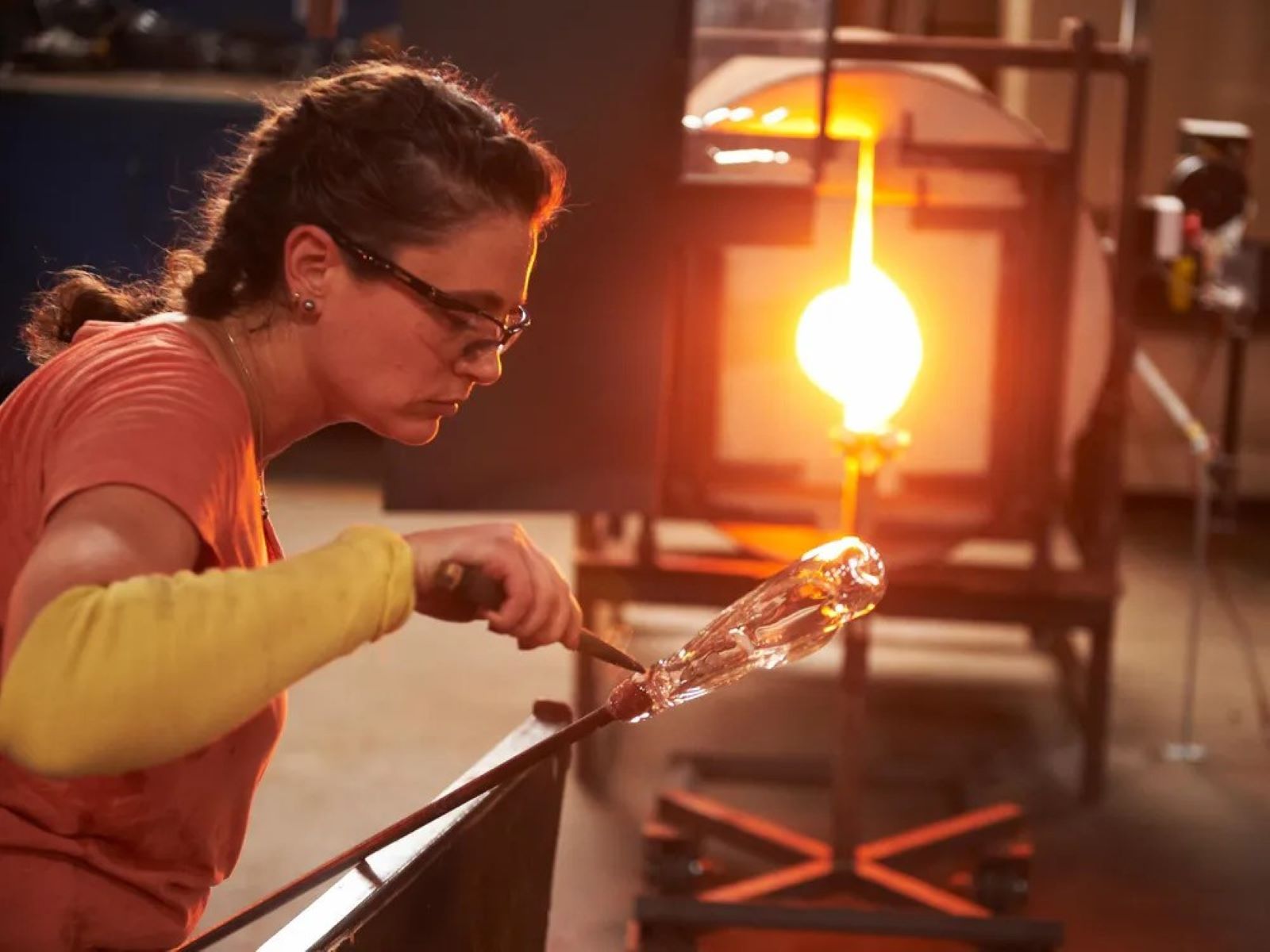
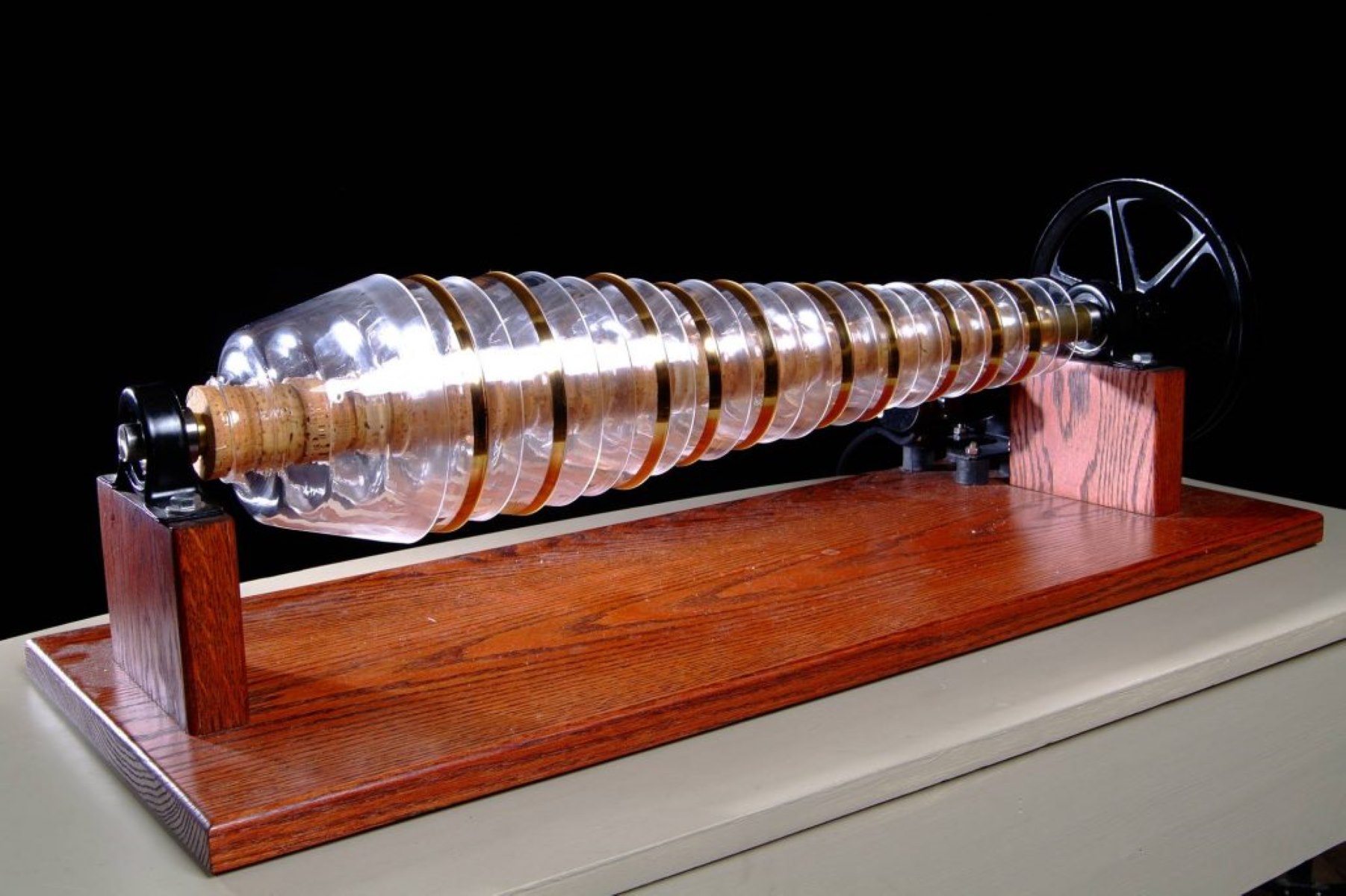
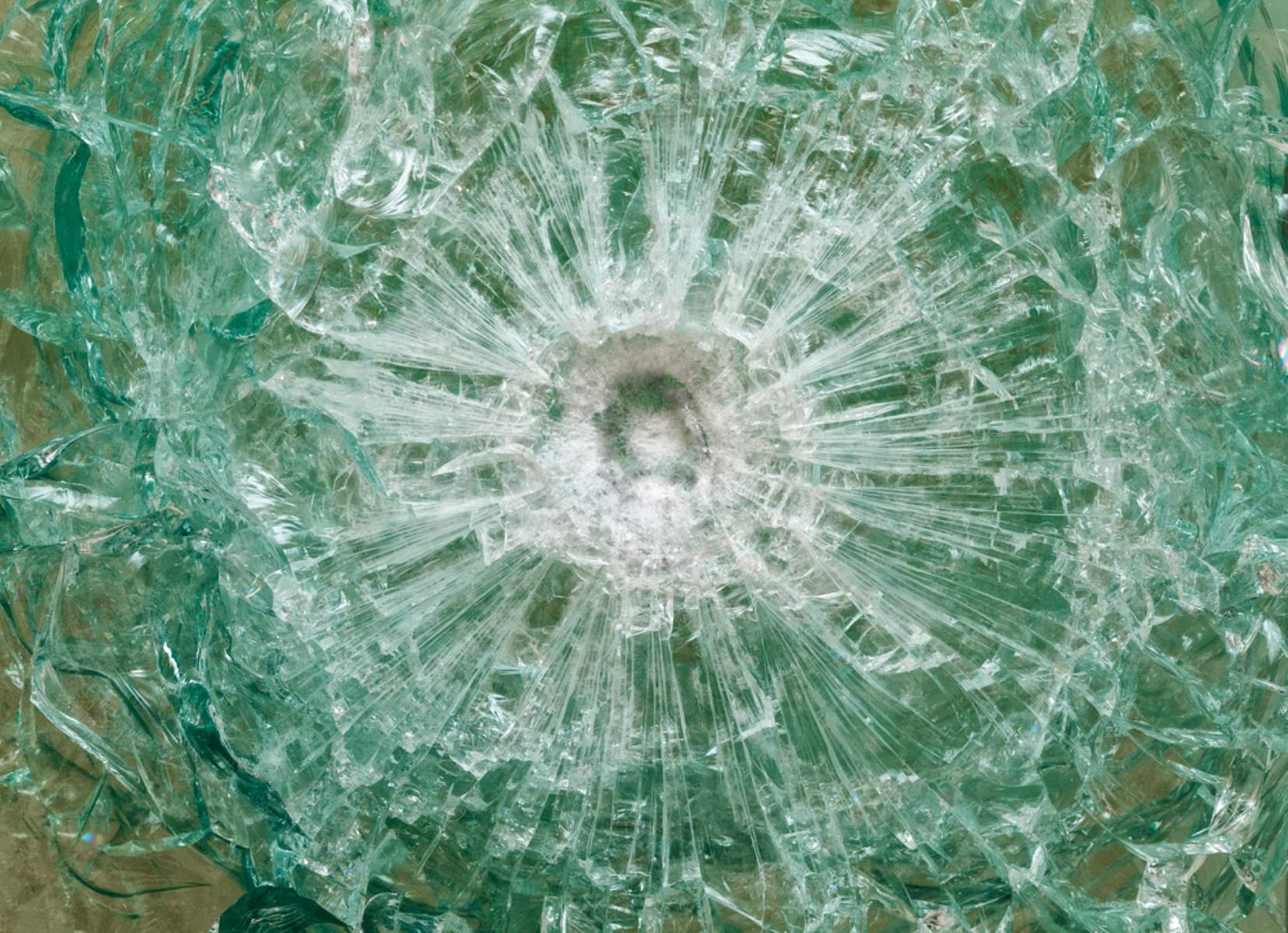
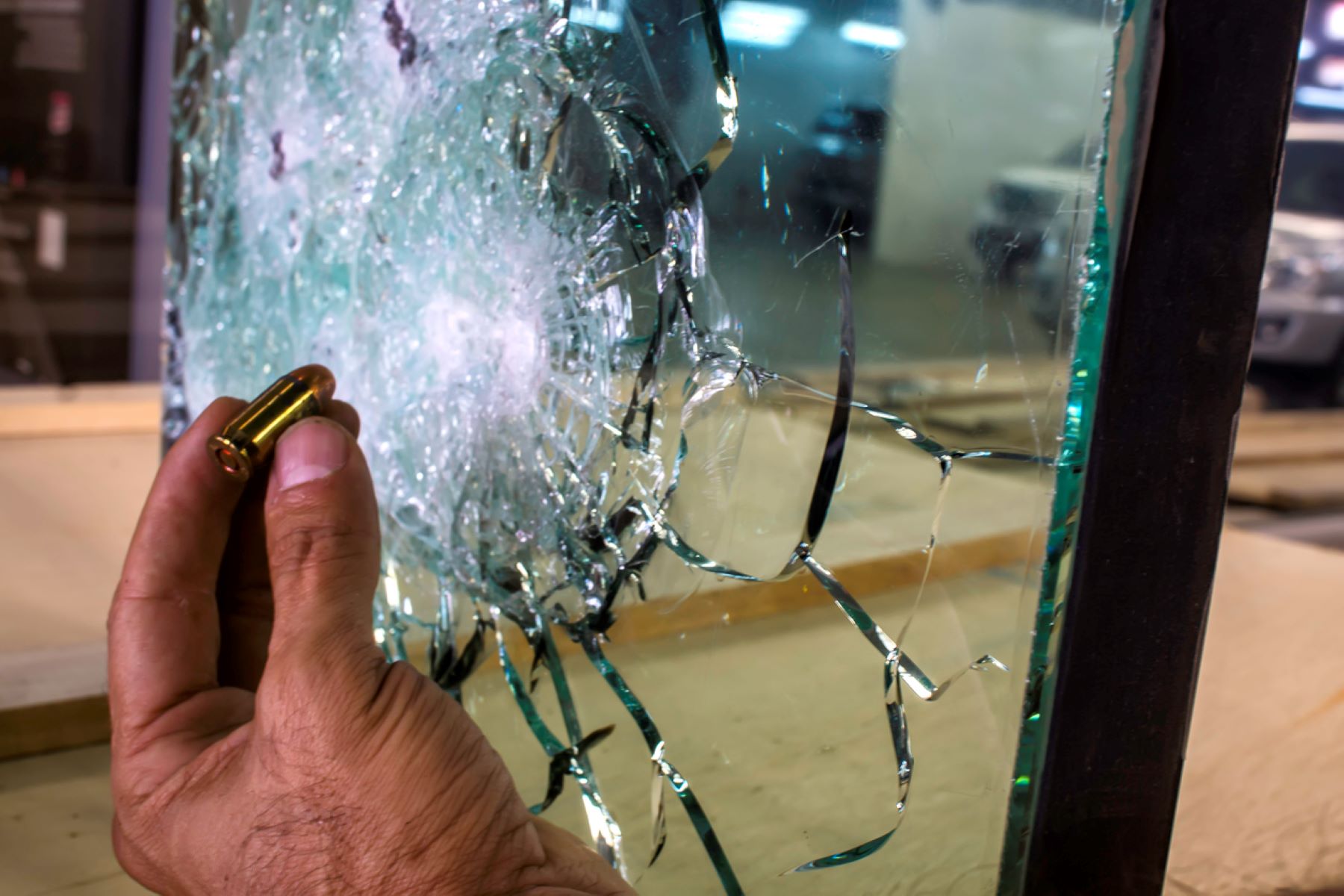
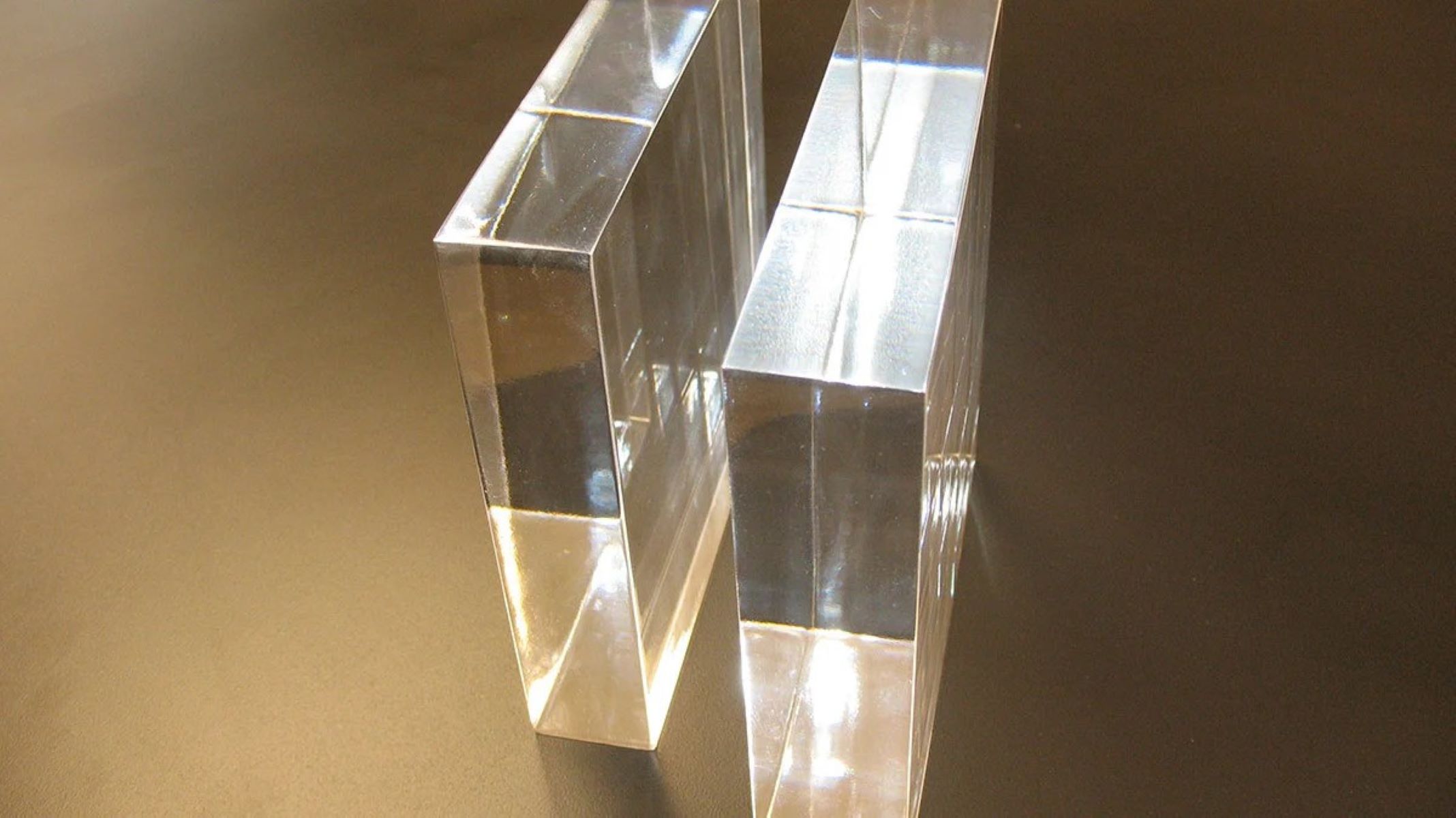
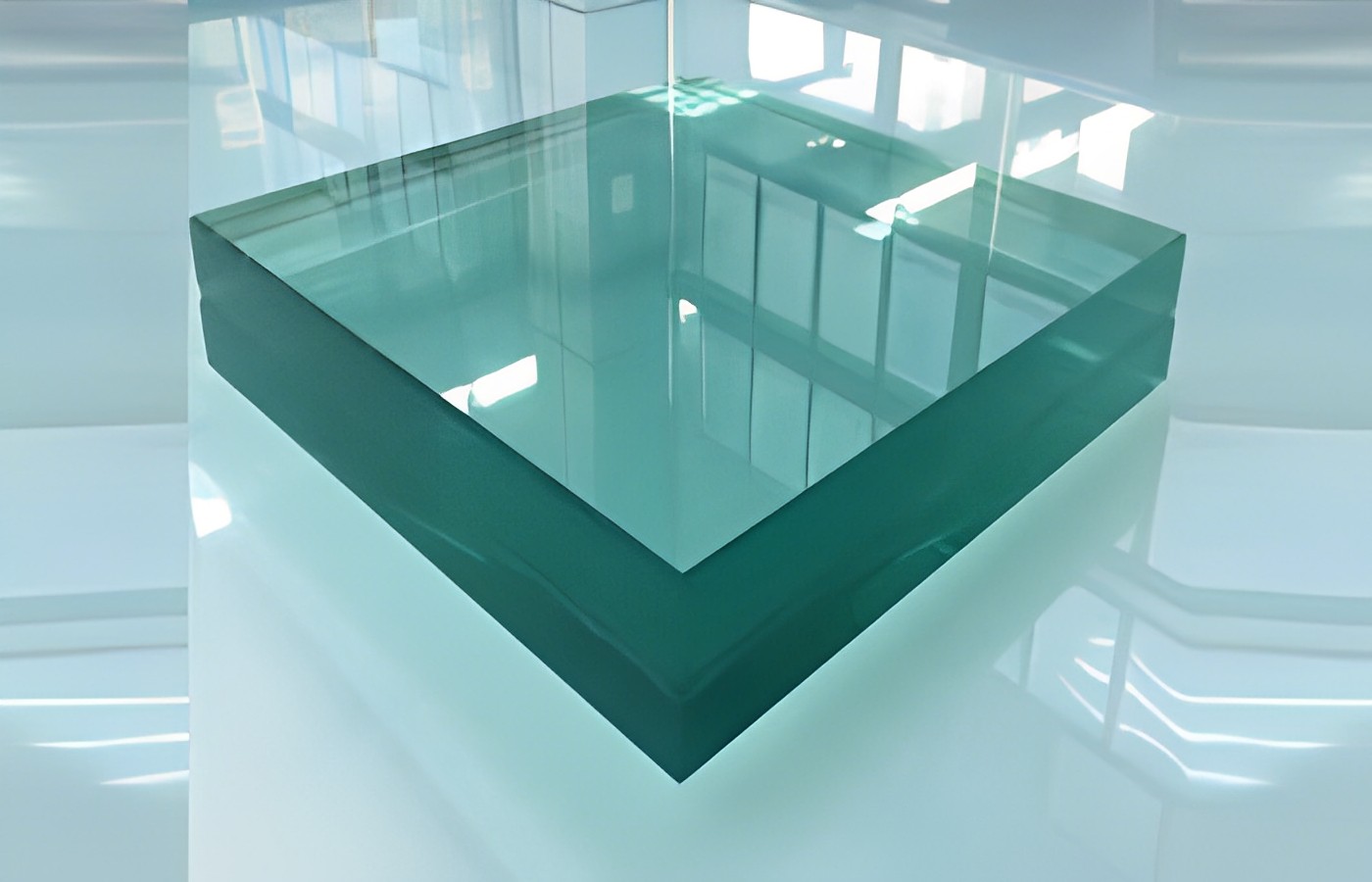

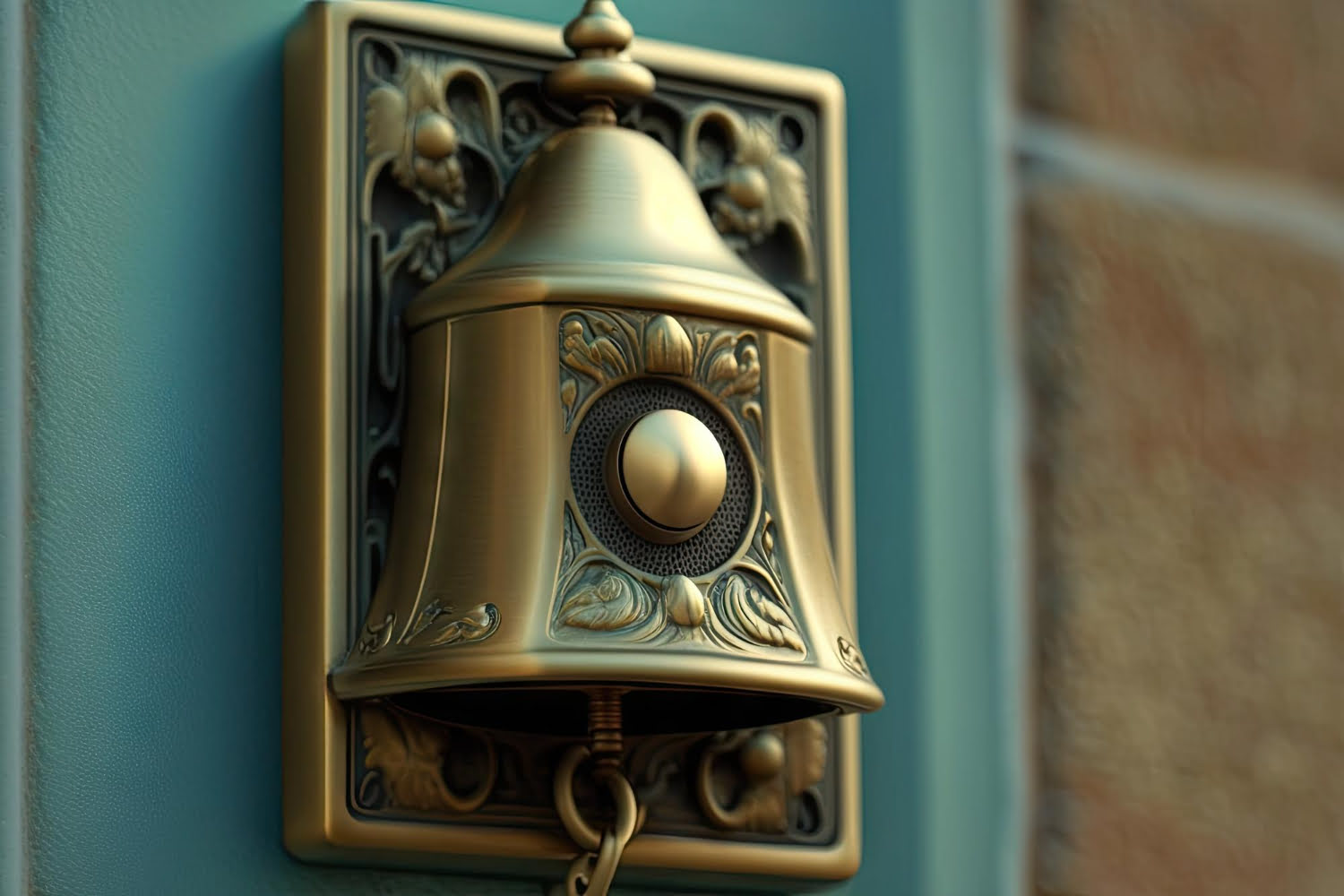
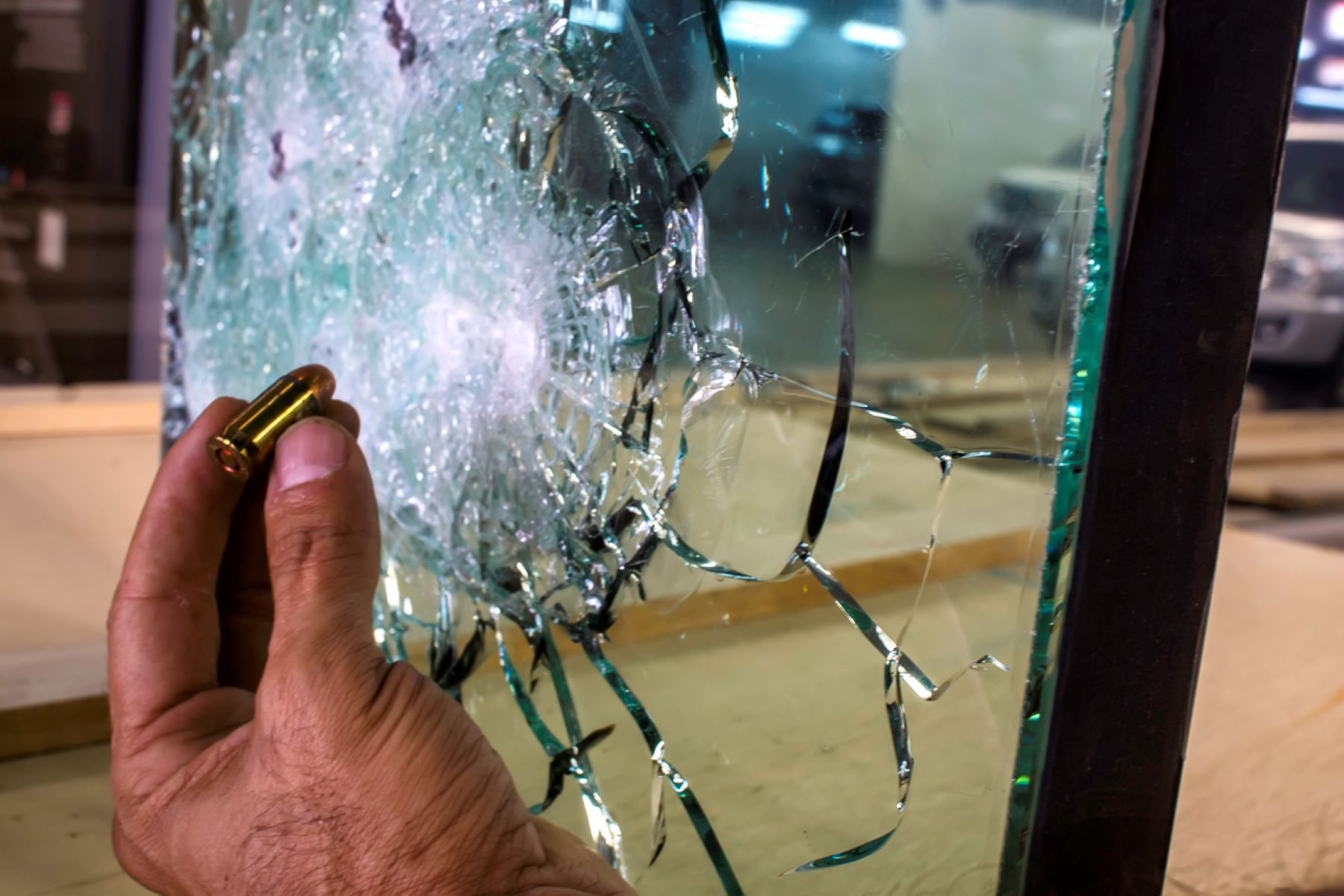
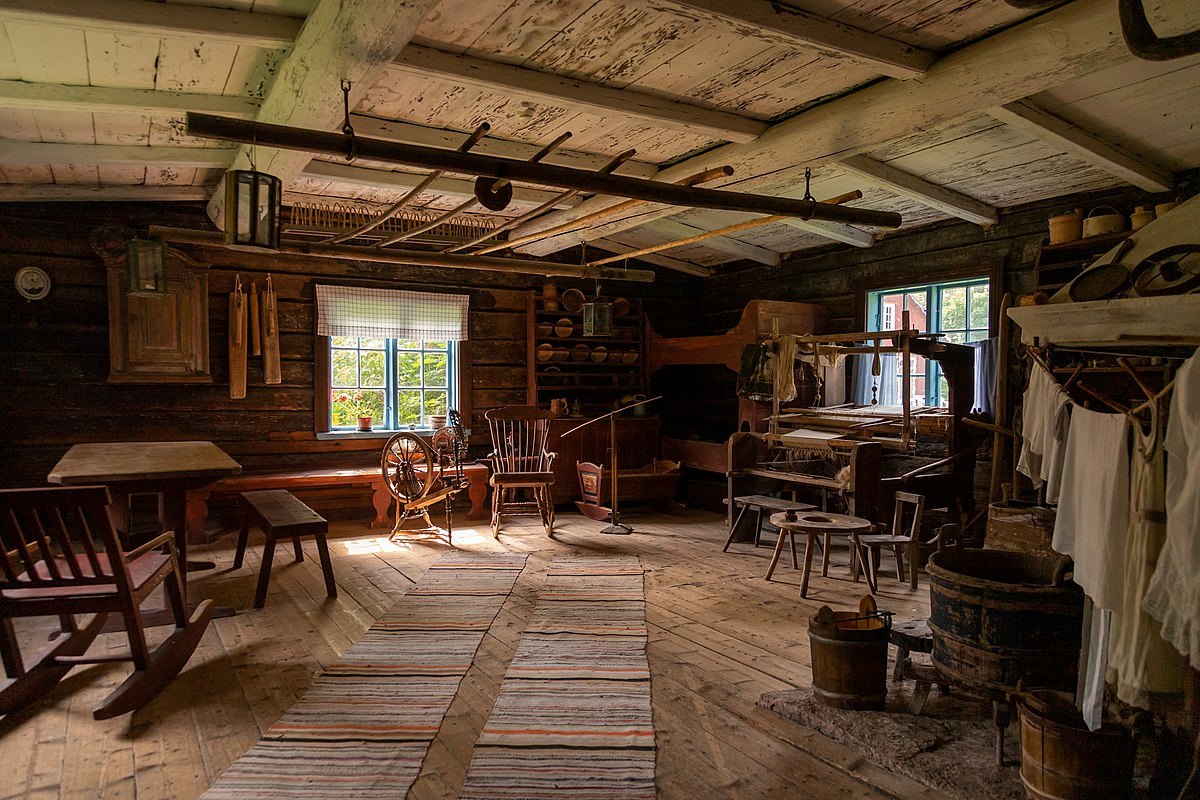

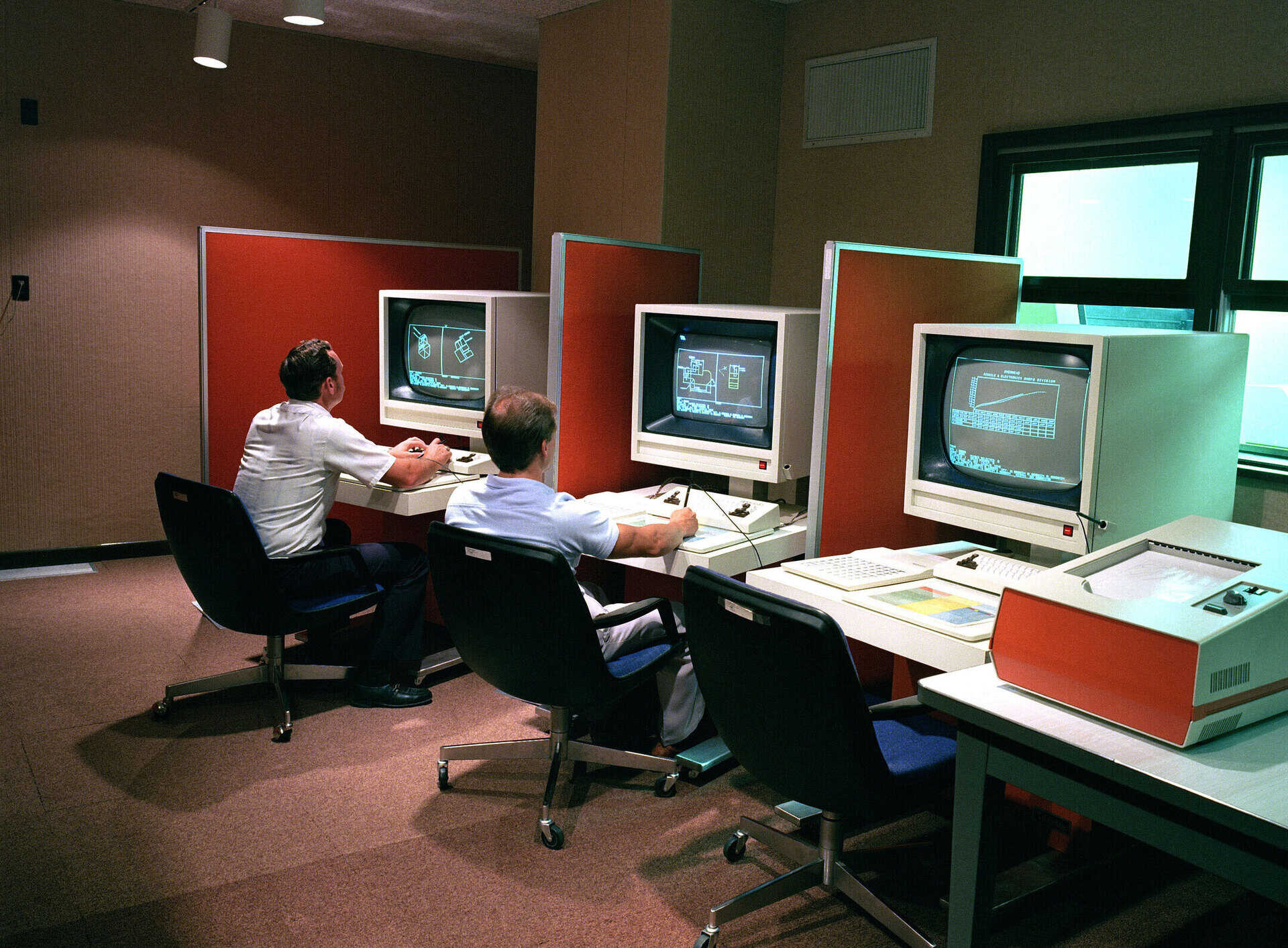
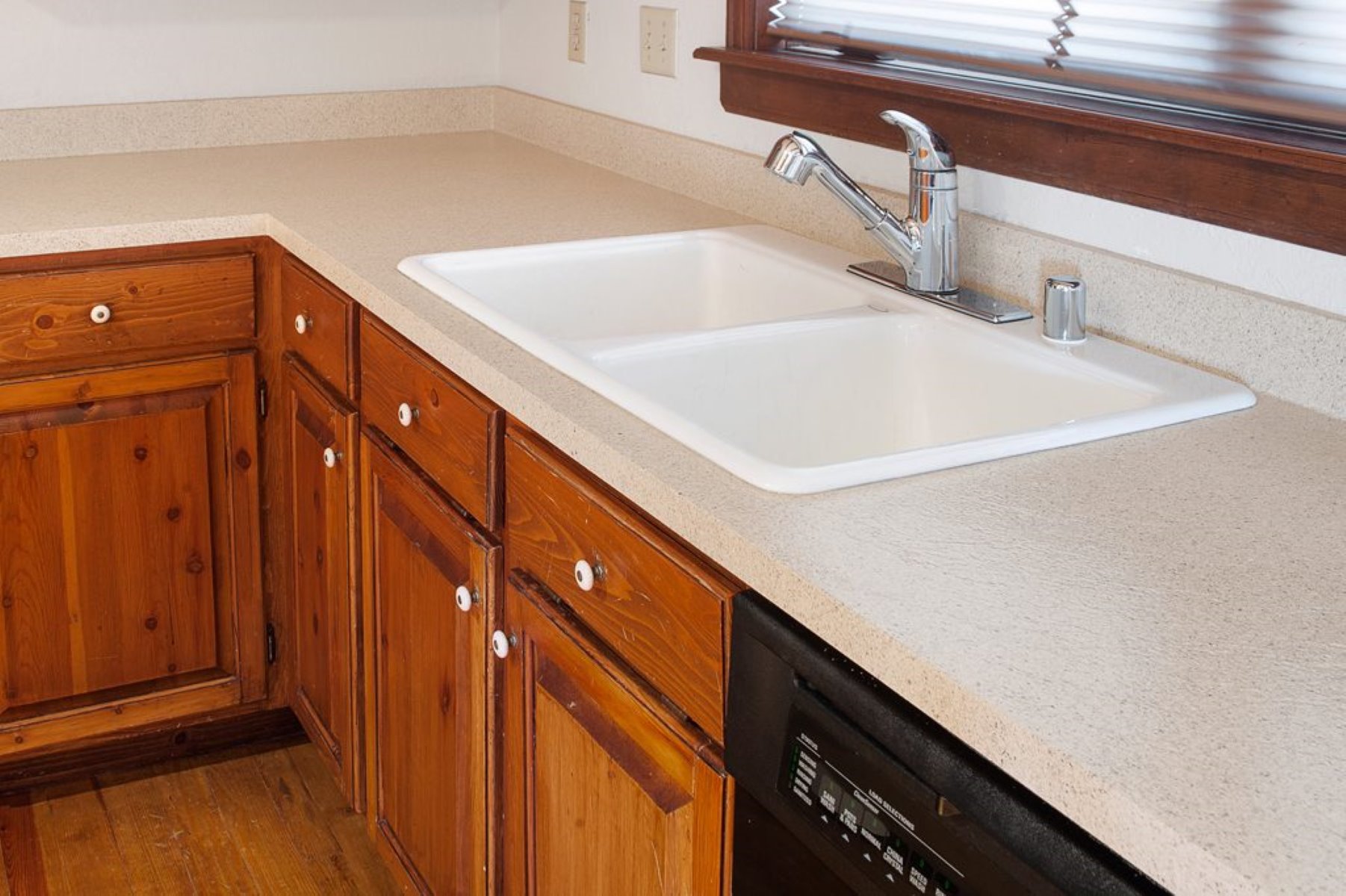


0 thoughts on “Who Invented Bulletproof Glass”